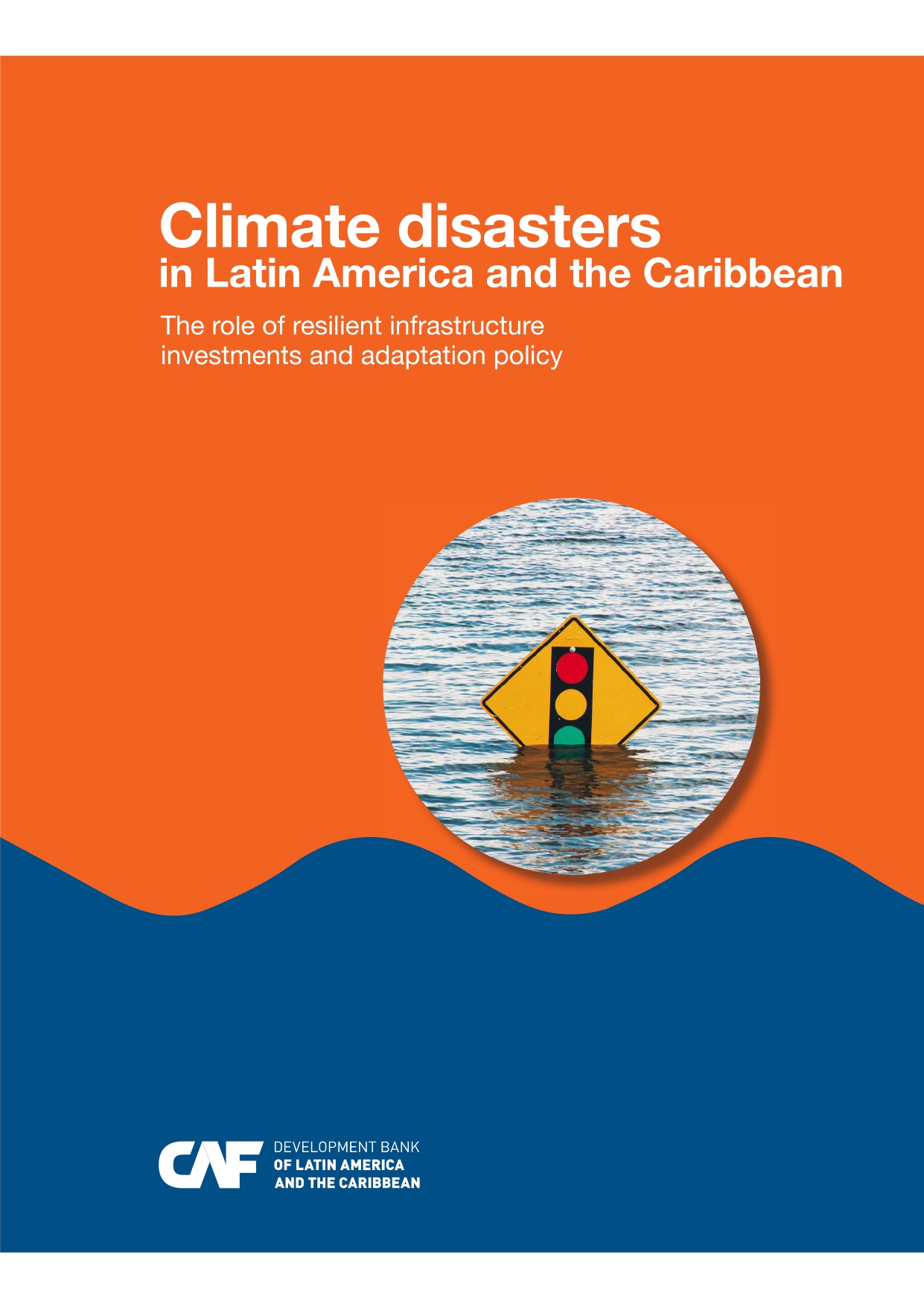| dc.contributor.author | Ghazarian, Agustín | |
| dc.contributor.author | Champetier, Coline | |
| dc.contributor.author | Quiroga, Darío | |
| dc.contributor.author | Baqueriza, Francisco | |
| dc.contributor.author | Barros, Nicolás | |
| dc.contributor.author | Souilla, Laura | |
| dc.contributor.author | Sanz, Ramón | |
| dc.contributor.author | Gomelsky, Roberto | |
| dc.contributor.author | Salinas, Edgar | |
| dc.contributor.author | Rios, Juan | |
| dc.contributor.author | Cont, Walter | |
| dc.coverage.spatial | América Latina y el Caribe | es_ES |
| dc.date.accessioned | 2024-12-09T16:29:11Z | |
| dc.date.available | 2024-12-09T16:29:11Z | |
| dc.date.issued | 2024 | |
| dc.identifier.citation | Ghazarian, A., Champetier, C., Quiroga, D., Baqueriza, F., Barros, N., Souilla, L., … Cont, W. (2024). Just Energy Transition / Scenarios Dominican Republic. Retrieved from https://scioteca.caf.com/handle/123456789/2357 | en_GB |
| dc.identifier.uri | https://scioteca.caf.com/handle/123456789/2357 | |
| dc.description.tableofcontents | The Dominican Republic stands out for its sustained economic growth, with an average annual increase of 4% over the past two decades. However, the limited availability of fossil and hydroelectric resources highlights the need to diversify its energy matrix. The country has significant potential for renewable energy generation: according to the Global Solar Atlas, it boasts an average solar resource of 1,668 kWh/kWp, surpassing the global average. Additionally, its wind resource is notable, with average speeds exceeding 7.4 m/s in areas with the highest potential. This report provides an in-depth analysis of the current conditions of the country's energy sector and presents a comprehensive plan to advance toward a sustainable and equitable model. The content is organized into four chapters covering diagnostics, methodologies, scenarios, and a roadmap to guide this transformative process. With this analysis, the Dominican Republic positions itself as a regional example of maximizing renewable potential and reducing external energy dependence. | es_ES |
| dc.language.iso | en | es_ES |
| dc.rights | CC-BY-NC-ND | es_ES |
| dc.rights.uri | http://creativecommons.org/licenses/by-nc-nd/4.0/ | es_ES |
| dc.subject | Ambiente | es_ES |
| dc.subject | Cambio climático | es_ES |
| dc.subject | Comercio internacional | es_ES |
| dc.subject | Energía | es_ES |
| dc.subject | Políticas públicas | es_ES |
| dc.subject | Recursos naturales | es_ES |
| dc.subject | Sector productivo | es_ES |
| dc.subject | Transformación productiva | es_ES |
| dc.title | Just Energy Transition / Scenarios Dominican Republic | es_ES |
| dc.type | Book | es_ES |
| caf.relation.languageVersion | 123456789/2333 | |



